Fyeahastropics:
fyeahastropics:
THAT STAR IS NOT DEAD.
Im sure you’ve seen the post or heard the quote “when you wish upon a star, technically that star is a million light years away and it’s already dead, just like your dreams”
This is false. That star is not dead, it is not millions of light years away! the Milky Way galaxy is 100,000 light years across, so the oldest light reaching us from a star in our galaxy would be less than 100,000 years old (because we aren’t on the very edge). Stars live for millions and billions of years! Sure that supernova we viewed from another galaxy is from a star that had been dead for ages, but the stars you see at night are much closer and very much still burning brightly!
The light you are seeing of a star is old, but the star itself is not dead and neither are your dreams!
-this has been a slightly uplifting rant by janestreetdog (who is peeved by this misconception)
When you wish upon a star
More Posts from Smartler and Others
About your previous post, space-paintings sound awesome
You’re awesome

I feel ya


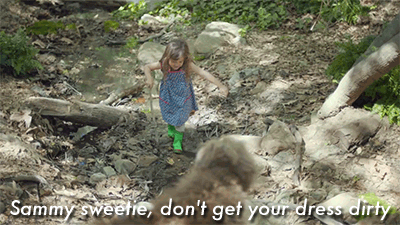




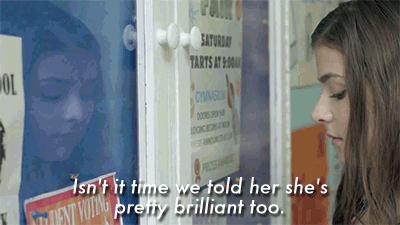
8 of the world’s most bizarre flowers:
1.) Swaddled Babies

2.) Flying Duck Orchid

3.) Hooker’s Lips Orchid

4.) Ballerina Orchid

5.) Monkey Orchid

6.) Naked Man Orchid

7.) Laughing Bumblebee Orchid

8.) White Egret Orchid





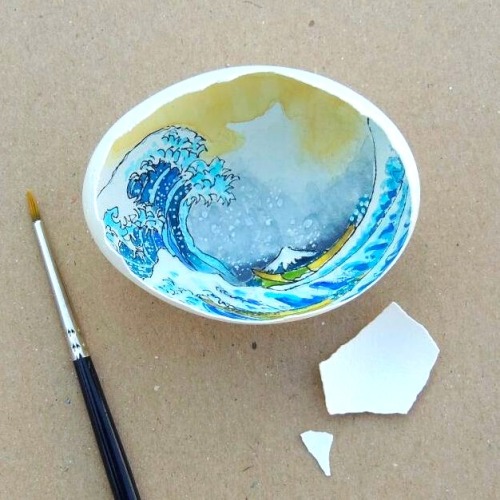
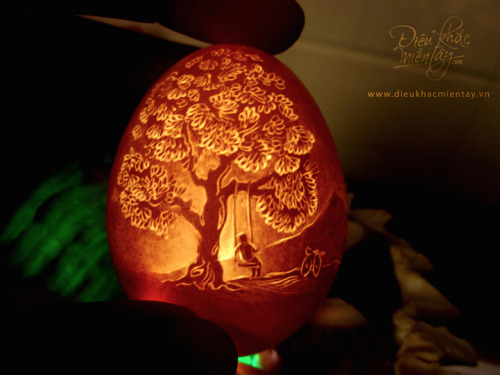


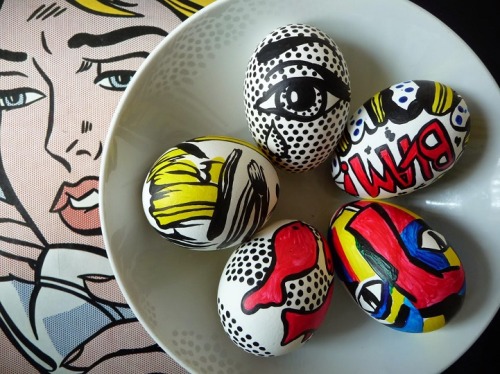
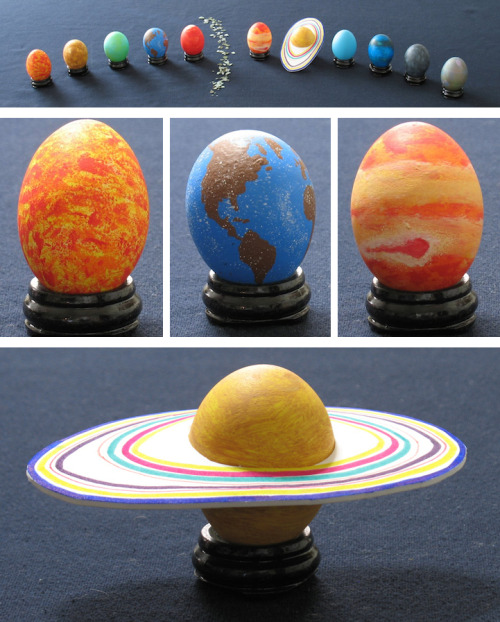
35 Creative Designs That Turn Ordinary Eggs into Eggs-traordinary Art
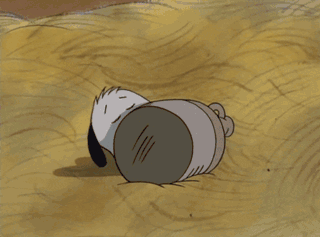
Rough night? Here’s a GIF of Charlie Brown coming across Snoopy for the first time
funny tumblr [via imgur]
Seduce me with science puns




This is the coolest outer space animation ever. It shows the Crab Supernova explosion, happened in 1054, and its evolution into the remnant it is now - called the Crab Nebula. Basically a thousand years speeded up into less than a minute.
Modern understanding that the Crab Nebula was created by a supernova, an explosion of a massive supergiant star, dates to 1921 when Carl Otto Lampland announced he had seen changes in its structure. This eventually led to the conclusion that the creation of the Crab Nebula corresponds to the bright SN 1054 supernova recorded by Chinese astronomers in AD 1054. There is also a 13th-century Japanese reference to an appearance of a new or “guest” star in Meigetsuki. It was then so bright it was visible during the daytime for 23 days.
animation credit: ESA/Hubble (M. Kornmesser & L. L. Christensen)
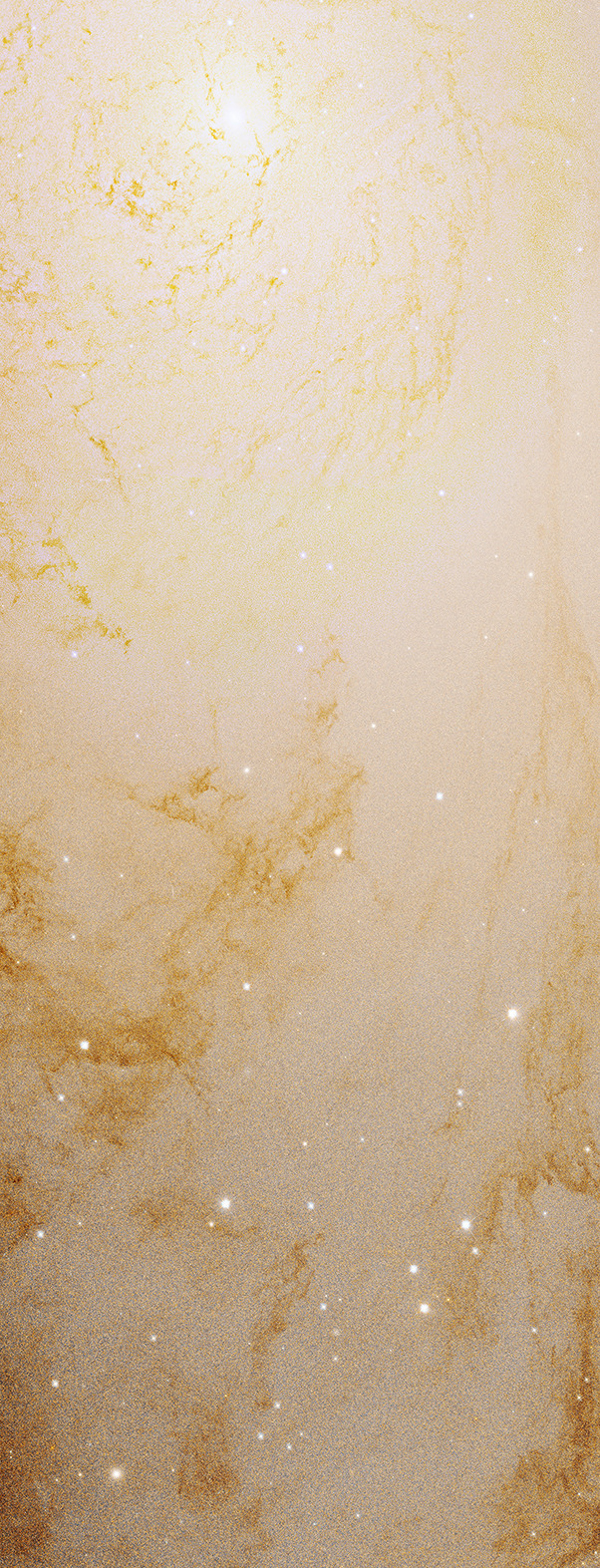

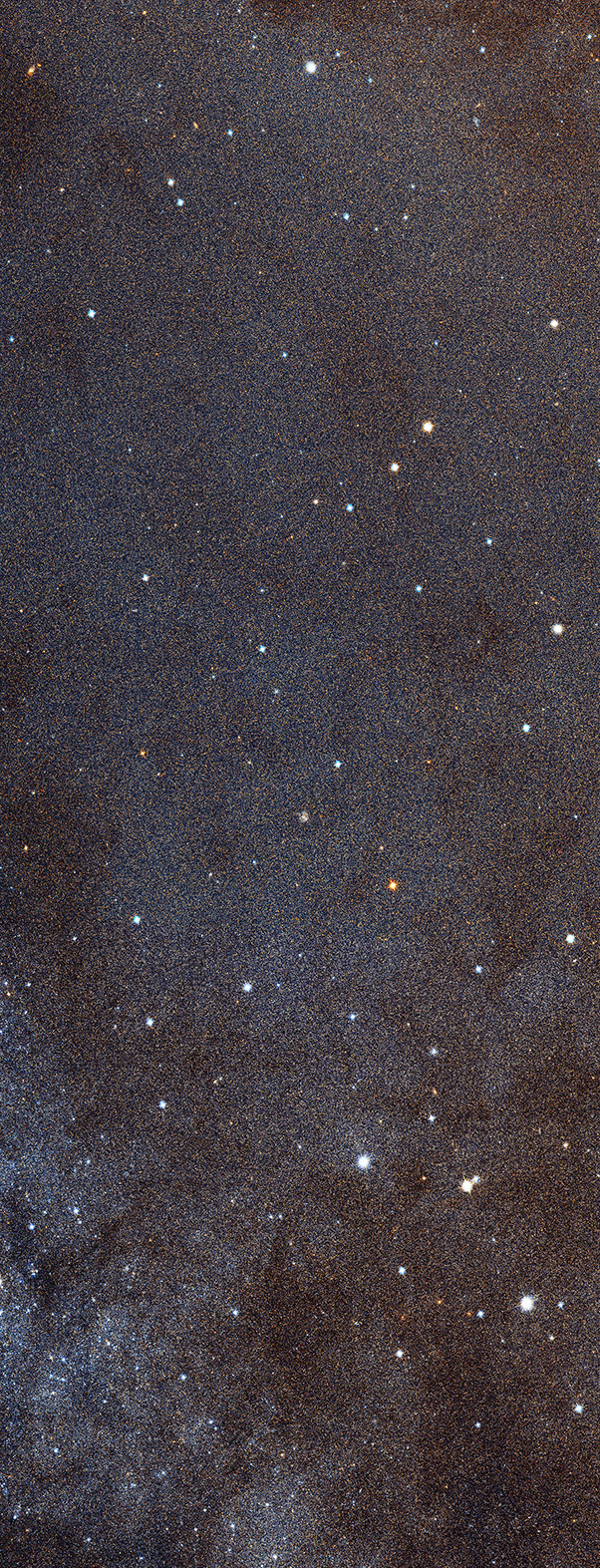

You just scrolled over a high-res segment of the Andromeda galaxy. How does NASA get its photos to look so spectacular? The same way as everyone else.
-
 kirliq liked this · 1 year ago
kirliq liked this · 1 year ago -
 rinna-girl5 liked this · 4 years ago
rinna-girl5 liked this · 4 years ago -
 iamafireplace liked this · 4 years ago
iamafireplace liked this · 4 years ago -
 smallfatbird liked this · 4 years ago
smallfatbird liked this · 4 years ago -
 unrepentantauthor reblogged this · 4 years ago
unrepentantauthor reblogged this · 4 years ago -
 unrepentantauthor liked this · 4 years ago
unrepentantauthor liked this · 4 years ago -
 nekosigma liked this · 6 years ago
nekosigma liked this · 6 years ago -
 shira-yuki-hime reblogged this · 6 years ago
shira-yuki-hime reblogged this · 6 years ago -
 smiley-sushi liked this · 6 years ago
smiley-sushi liked this · 6 years ago -
 ingleaisle liked this · 6 years ago
ingleaisle liked this · 6 years ago -
 dionysopod reblogged this · 6 years ago
dionysopod reblogged this · 6 years ago -
 lilakiyanawillowlee reblogged this · 6 years ago
lilakiyanawillowlee reblogged this · 6 years ago -
 lilakiyanawillowlee liked this · 6 years ago
lilakiyanawillowlee liked this · 6 years ago -
 doritoflorito reblogged this · 6 years ago
doritoflorito reblogged this · 6 years ago -
 its-ya-boi-leemin reblogged this · 6 years ago
its-ya-boi-leemin reblogged this · 6 years ago -
 its-ya-boi-leemin liked this · 6 years ago
its-ya-boi-leemin liked this · 6 years ago -
 granpuff reblogged this · 6 years ago
granpuff reblogged this · 6 years ago -
 granpuff liked this · 6 years ago
granpuff liked this · 6 years ago -
 nickr0mancer reblogged this · 6 years ago
nickr0mancer reblogged this · 6 years ago -
 nickr0mancer liked this · 6 years ago
nickr0mancer liked this · 6 years ago -
 brokenxwindows reblogged this · 6 years ago
brokenxwindows reblogged this · 6 years ago -
 brokenxwindows liked this · 6 years ago
brokenxwindows liked this · 6 years ago -
 sacredstones liked this · 7 years ago
sacredstones liked this · 7 years ago -
 brovie96 liked this · 7 years ago
brovie96 liked this · 7 years ago -
 whypotatoes reblogged this · 7 years ago
whypotatoes reblogged this · 7 years ago -
 rebeldruid reblogged this · 7 years ago
rebeldruid reblogged this · 7 years ago -
 sunshinevibxs liked this · 7 years ago
sunshinevibxs liked this · 7 years ago -
 id0ct0rpus reblogged this · 7 years ago
id0ct0rpus reblogged this · 7 years ago -
 id0ct0rpus liked this · 7 years ago
id0ct0rpus liked this · 7 years ago -
 marielymunoz liked this · 7 years ago
marielymunoz liked this · 7 years ago -
 plbrfdwjxvknvqzg liked this · 7 years ago
plbrfdwjxvknvqzg liked this · 7 years ago -
 sketchymecro reblogged this · 7 years ago
sketchymecro reblogged this · 7 years ago -
 sketchymecro liked this · 7 years ago
sketchymecro liked this · 7 years ago -
 sparechangeofheart liked this · 7 years ago
sparechangeofheart liked this · 7 years ago -
 0-autumnhufflepuff-0-blog reblogged this · 7 years ago
0-autumnhufflepuff-0-blog reblogged this · 7 years ago -
 0-autumnhufflepuff-0-blog liked this · 7 years ago
0-autumnhufflepuff-0-blog liked this · 7 years ago -
 digitalhallucination liked this · 7 years ago
digitalhallucination liked this · 7 years ago -
 milky-v3 reblogged this · 7 years ago
milky-v3 reblogged this · 7 years ago -
 milky-v3 liked this · 7 years ago
milky-v3 liked this · 7 years ago -
 hamsterthegreat reblogged this · 7 years ago
hamsterthegreat reblogged this · 7 years ago -
 rosecoloredray reblogged this · 7 years ago
rosecoloredray reblogged this · 7 years ago -
 rosecoloredray liked this · 7 years ago
rosecoloredray liked this · 7 years ago -
 amuseofspace liked this · 7 years ago
amuseofspace liked this · 7 years ago -
 voidwoken reblogged this · 7 years ago
voidwoken reblogged this · 7 years ago -
 paranoid-jellybean reblogged this · 7 years ago
paranoid-jellybean reblogged this · 7 years ago -
 c0smicdrift3r liked this · 7 years ago
c0smicdrift3r liked this · 7 years ago